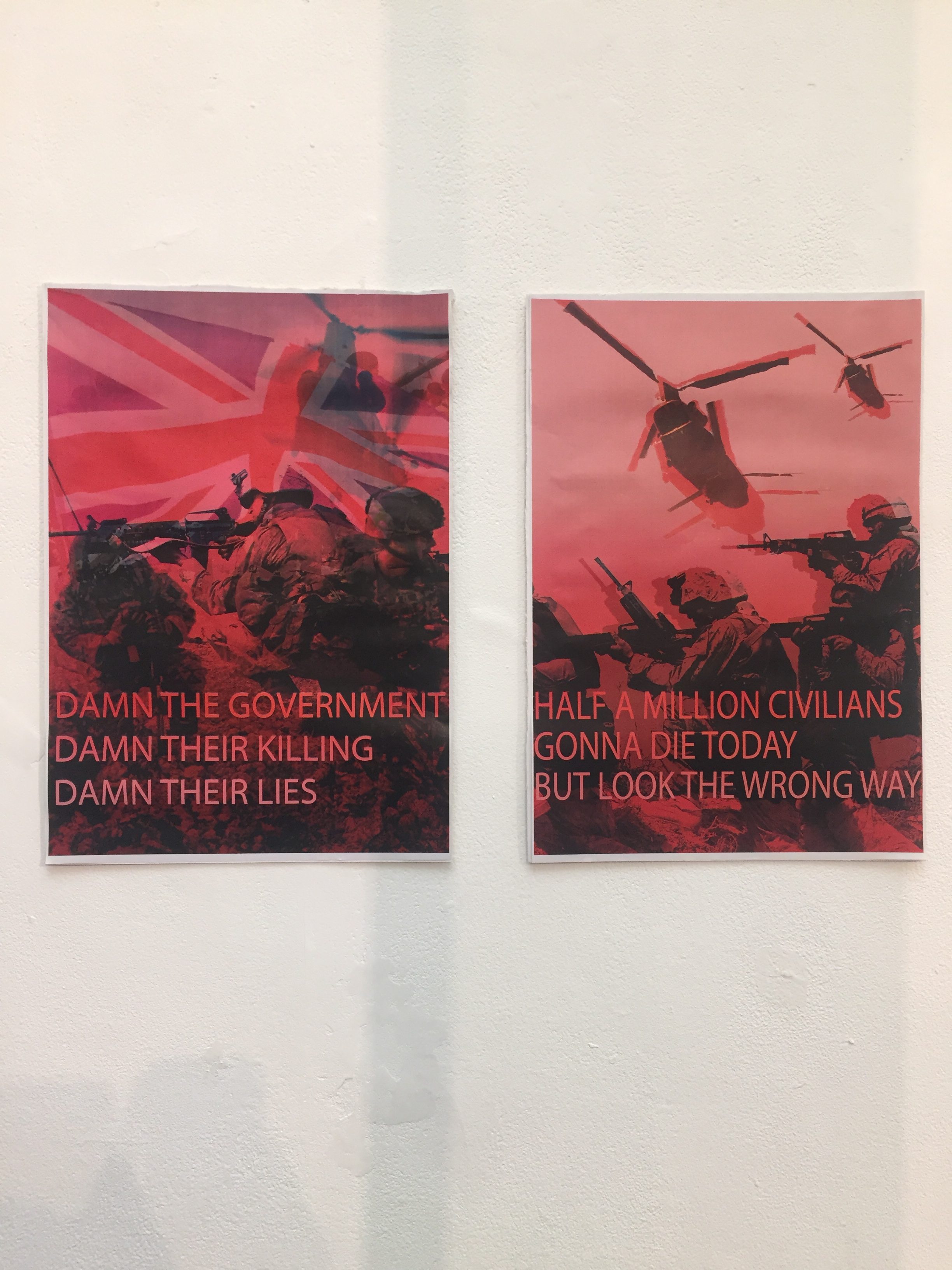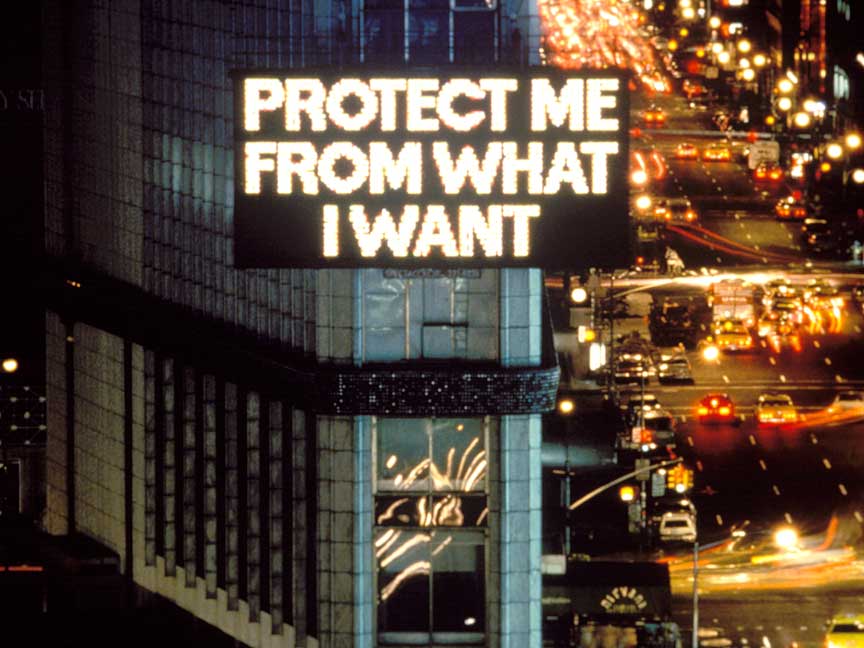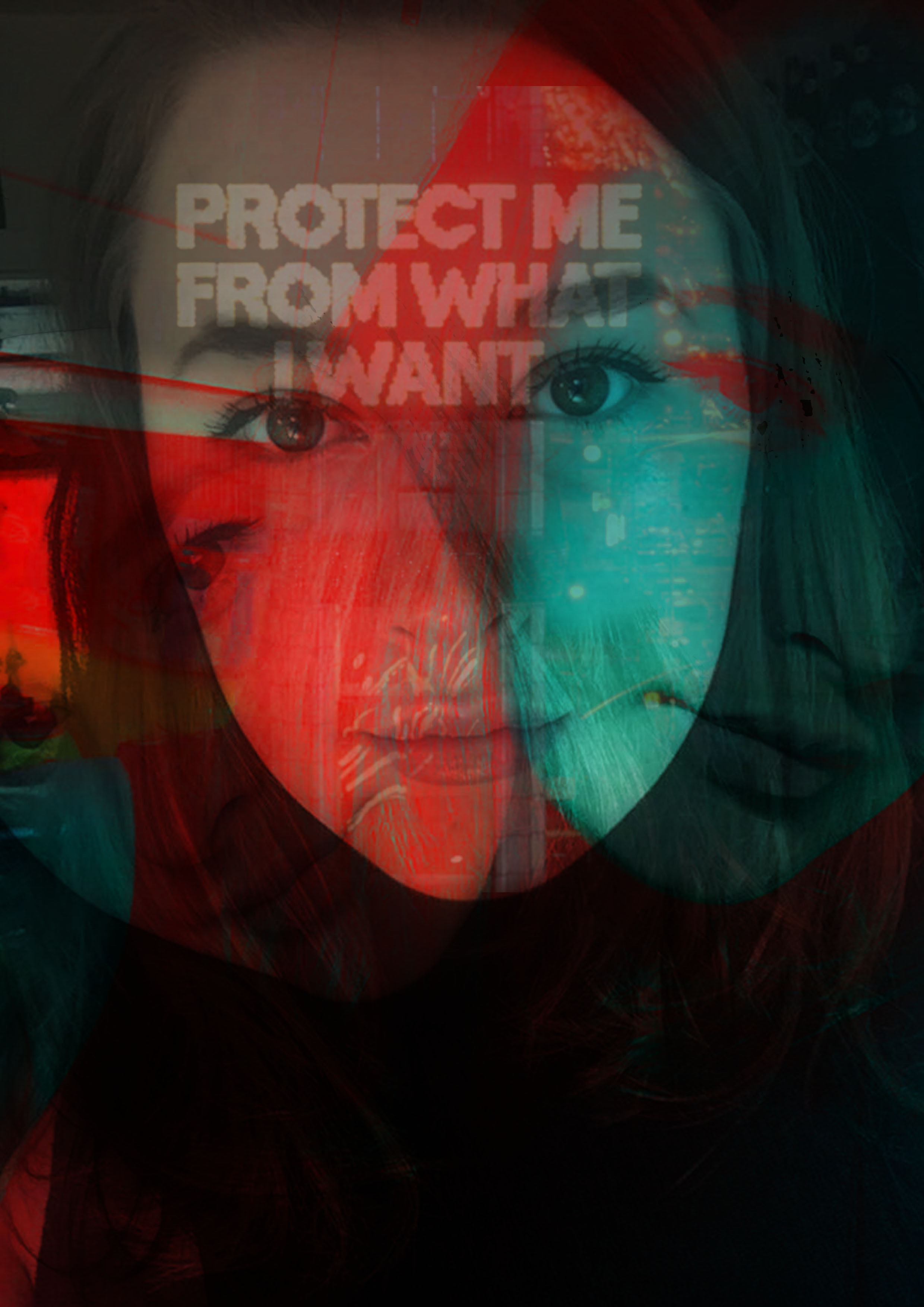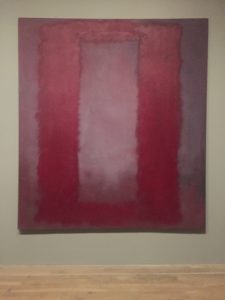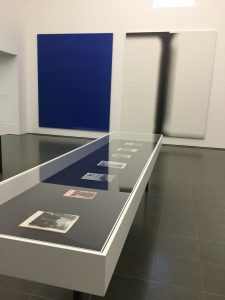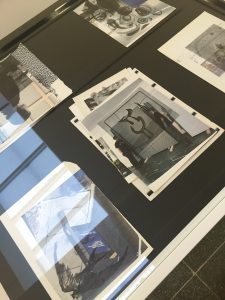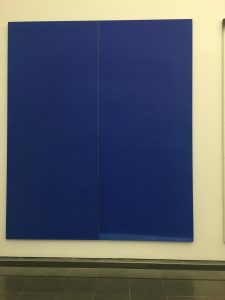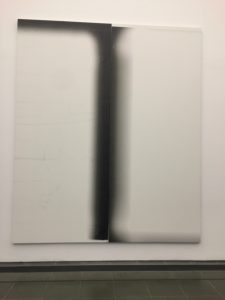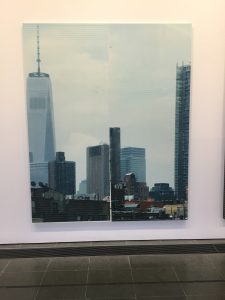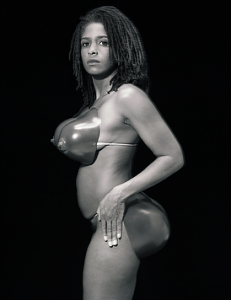‘Damn the government’ A3 posters.
When finalising my manifesto piece for exhibition I didn’t fully consider the exhibition space and the possibility of making something large scale to fit in the space. The good thing about my posters is that they can work on a smaller or larger scale.
Whilst the manifesto exhibition was in motion I kept imagining how much more amazing my posters would look if they were so much larger. If I had the money and resource I would print them A0 so both would take up a whole wall.
I also like the aspect of them being printed on flowy fabric like chiffon so if a breeze was to enter the room they would move, distorting the message a little. Of course doing this would alter the way the posters look and I would most likely have to change the imagery in Photoshop so it was of higher pigment and less complex so when printed on the fabric it doesn’t lose any of its image. So essentially it would become more of a screen-print than a graphic piece.
I feel this would make the art piece so much more interesting and add a more contextualised aspect to the curation of the piece. My idea with using flowy fabric is it would remind the viewer of a flag waved proudly when our soldiers are deployed and returned home.

